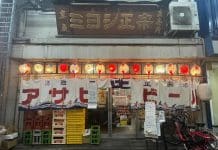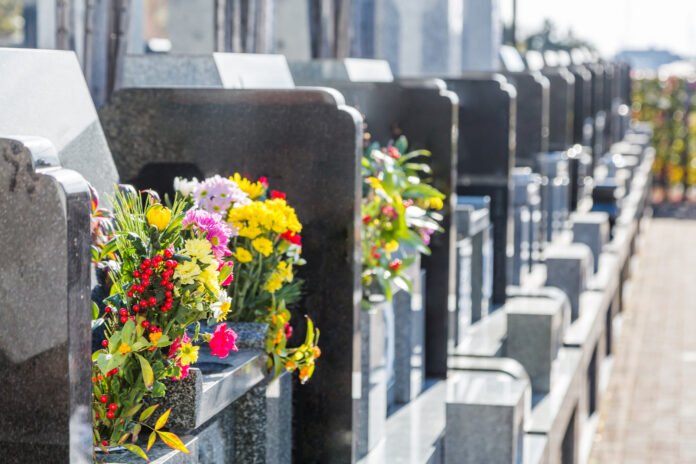
It is, of course, something that none of us want to think about. However, that final farewell is perhaps one of the few certainties we will all face some day. Traditional funeral rituals in Osaka are radically different from what we see in most other countries. In a somewhat bizarre mix, it shifts from the macabre to the deeply comforting. At times those final rites can be extremely stressful, at others, profoundly peaceful.
Overall, partaking in the final farewell of a loved one in Japan is a far more drawn out process than we have in most other countries.
In total, from the moment of their passing until the final burial can be up to 2 months. In some cases, it could be even longer than this.
Table of Contents
Preparing for that Final Farewell
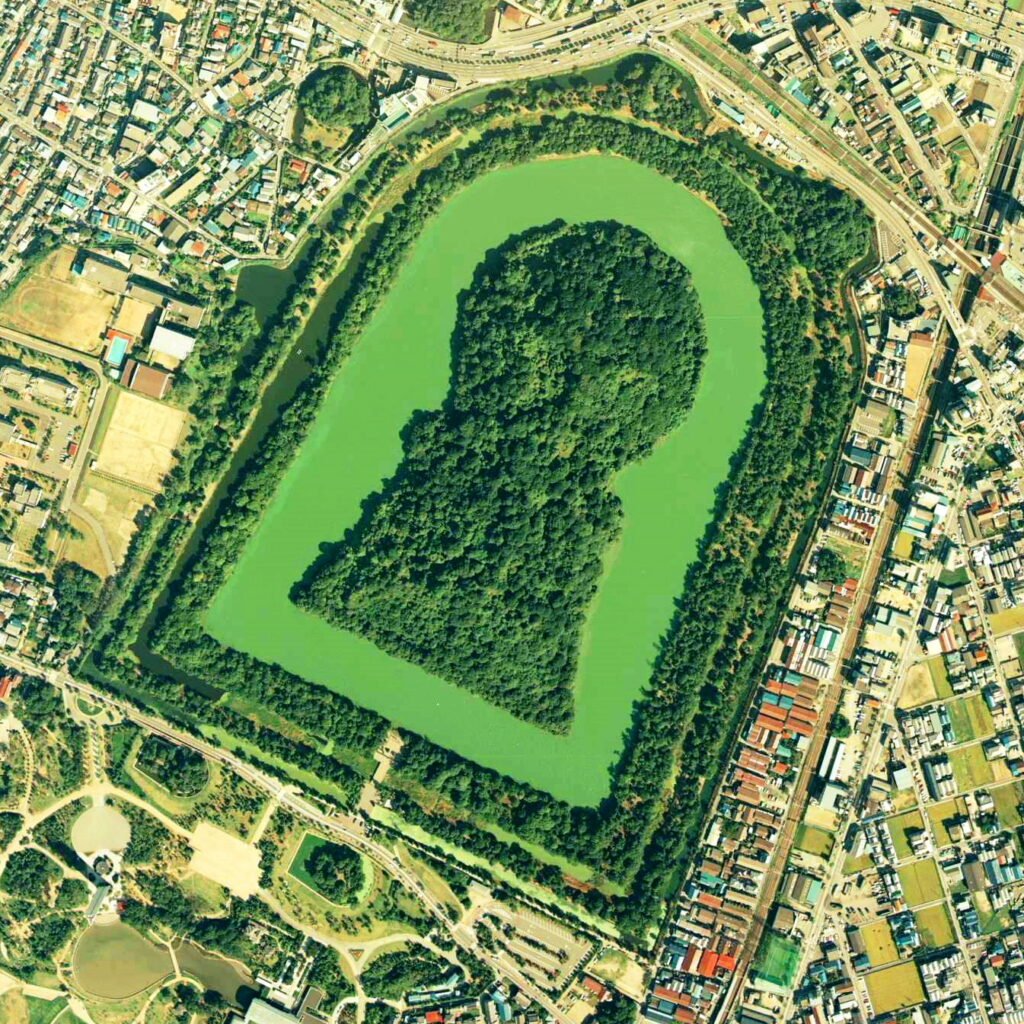
I personally had my first introduction to this side of Japanese culture recently, when my father-in-law passed away.
I was, I suppose, fortunate, that a friend of mine had been through a similar experience last year, and was able to fill me in on what to expect. However, there are still elements of this whole scenario that nothing can really prepare you for.
Today I will talk you through each stage of the process chronologically. I hope that my own experience can make the situation just that little bit less shocking for you, when that sad time comes.
The Deceased’s Final Moments
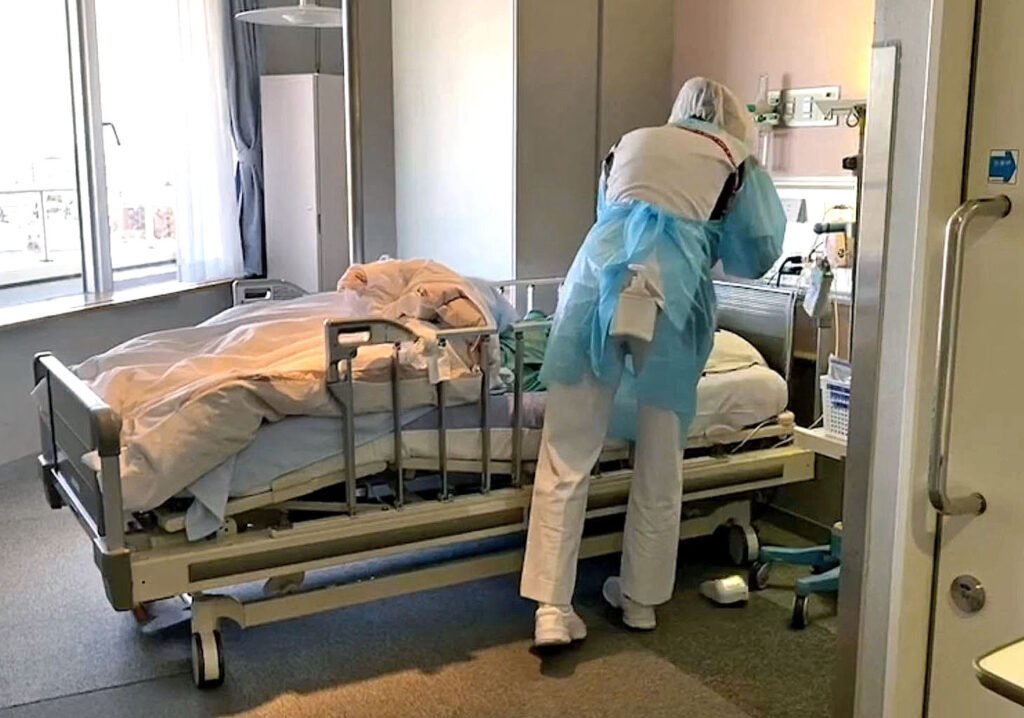
A large part of the grieving process for Japanese families is being able to say goodbye directly to their loved ones. Painful though it undoubtedly is, friends of mine in Osaka and other parts of Japan who lost family to long-term illness expressed gratitude that they were able to say their final goodbyes, knowing that their loved one was soon to depart this world.
For the more serious religious adherents, there is the practice of 末期の水 (Matsugo no Mizu). This means “water of the final moment”. Either shortly before or soon after death, close relatives will moisten the deceased person’s lips as prayers are offered and incense burned on a nearby table.
This is, in many regards, similar to the Catholic ritual of the “last rites”.
Final Preparations
Once the deceased’s passing is confirmed medically, and a death certificate issued, then plans for the funeral begin almost immediately. Depending on how long it takes the family to gather all funeral attendees together, the service can begin within a day or two of death. Unlike the US, where embalming is the common method to preserve bodies until the funeral, this isn’t a common practice in Japan. Typically, the body is placed in a casket and kept cold with dry ice.
In the case of a female passing, the deceased wears a white kimono. For men, it could be either a black kimono or a formal suit.
Once these preparations are complete, the wake can begin.
The Wake
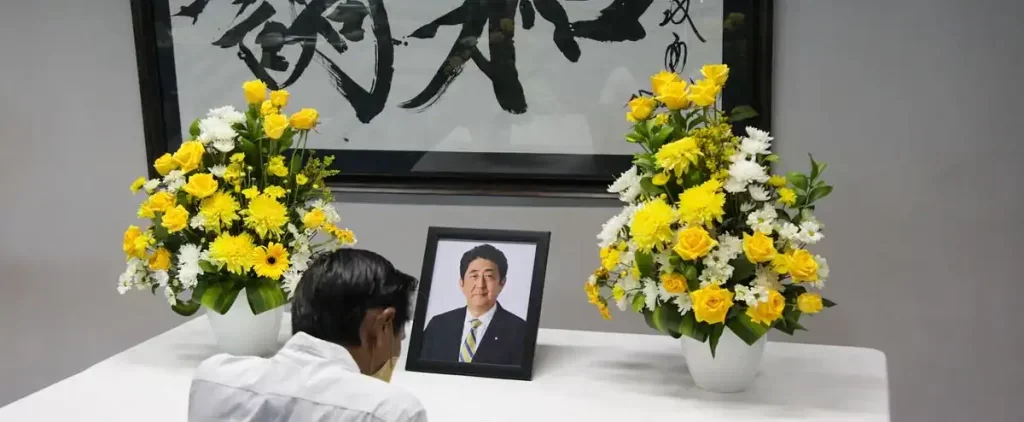
Next up, comes the ritual of 通夜 (Tsuya). Meaning, “passing of the night” this runs along similar lines to what we might call a “wake”. Guests attend dressed in black, and offer “condolence money” in special black and white envelopes. Be very careful when buying these, as they are typically right next to the gift envelopes for weddings and new births in the shop. You definitely don’t want to give a grieving friend the wrong one. Conversely, offering condolences to a friend on their marriage won’t be viewed well either, regardless of your opinion of their choice of partner!
The amount of money in these envelopes varies from 3,000 to 30,000 yen depending on how closely connected you were to the deceased. If you aren’t sure how much is appropriate, then 10,000 is a good, round figure.
A Buddhist monk may attend the wake and offer prayers and a sutra. Once the sutra is concluded, this part of the funeral ends. However, in some cases, immediate relatives may stay with the body in the same room overnight.
More recently, some less religiously inclined Japanese, or those with smaller families, opt to skip the full wake, and just go straight to the next phase, the cremation.
The Cremation
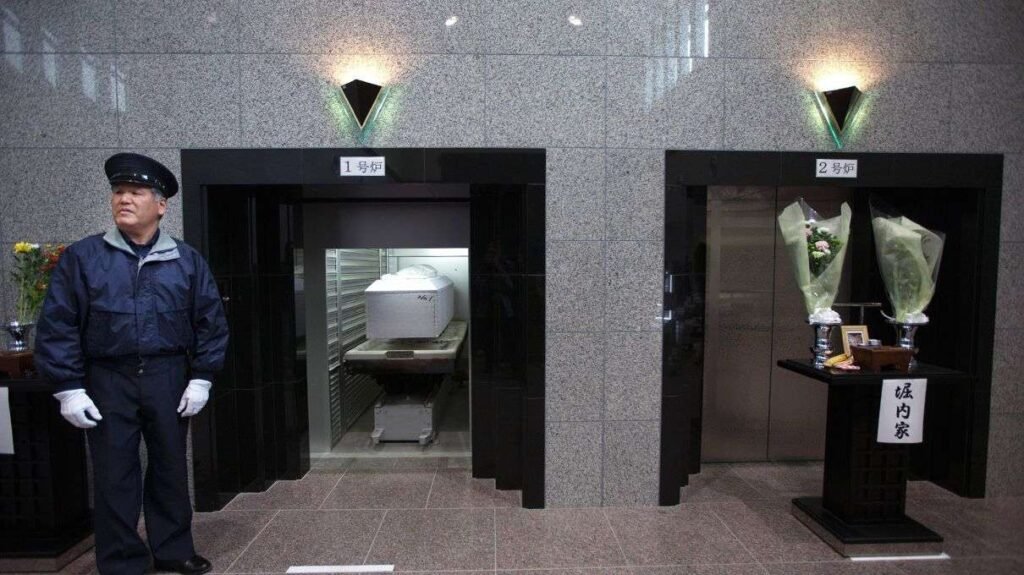
Known in Japanese as the 葬式 (Soushiki), this runs along similar lines to a cremation in many other countries.
Typically only immediate family members or very close friends attend this ceremony. Mourners gather around the coffin, with the option of taking one final look at their loved one’s face, via a small window, before the cremation begins.
The cremation usually takes about two hours. Most crematoriums in Japan have basic on-site facilities like tea and coffee. However, many Japanese feel uncomfortable hanging around a place with such a strong association with death, and instead opt to head somewhere else nearby. The funeral home will call relatives once the cremation is complete.
Transferring the Final Remains
Ok, there’s no easy way to prepare anyone for this. What follows is without a doubt one of the most distressing and physically unpleasant things I have ever had to do. However, it is a vital part of Japanese funeral rites. If, like me, you have a Japanese partner, you will almost certainly have to do this someday.
Cremations in places like the UK usually include processing the remains into ashes and placing them within an urn. However, in Japan, things are different. Here, the responsibility of transferring the final remains to an urn falls on immediate family members.
The skeletal remains of the deceased are laid out on a tray. Nothing remains of the person’s flesh or organs, or indeed anything that would specifically identify who this body once belonged too. So in that sense, it does allow for a little emotional detachment. However, there is no escaping the fact that this vaguely humanoid mass of bones and dust lying before you was a living body just a couple of days prior.
Beginning with the feet, relatives will pick up the larger bones one by one with chopsticks and place them into the urn. Starting from the feet up is very important in this process. Buddhists believe it is crucial that the body isn’t upside down when it leaves this realm. This process takes about 30-40 minutes and is, without doubt, the most emotionally draining part of the whole funeral.
49 Days Later
Depending on each individual family’s circumstances, remains may be interred in a grave almost immediately after the cremation. From my own experience, the burial did not immediately follow the cremation. Instead, burial took place once the formal mourning period of 49 days ended. Many families in Japan opt to keep their loved one’s remains at home during this time.
Once a minimum of 49 days have passed since the cremation, a final remembrance ceremony takes place at a temple near the deceased’s former place of residence. Assuming the burial has not yet taken place, the person’s remains are brought to the temple. Here, a senior monk offers the appropriate prayers and recites a sutra. This is a rather formulaic and impersonal part of Japanese funeral rites. As such, it is not unusual for 2 or 3 unconnected families to have the ritual performed for their deceased relatives simultaneously. However, out of respect, the monk will take the time to recite individual sutras for each of the deceased and their next of kin.
Burial and Final Respects
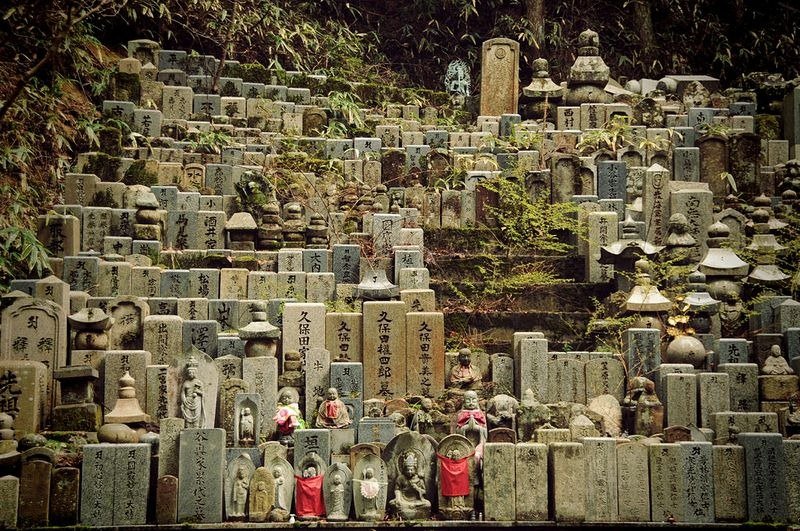
With all religious rites fully observed, and the formal period of mourning complete, we can then proceed to the final burial. There are graveyards where families can erect gravestones and bury the funeral urns. However, plots in these places can be extremely expensive, sometimes running into millions of yen depending on the location.
What is far more common is for families to place their loved one’s remains within a family burial plot. This is a small, private plot of land, owned by the family, and used exclusively to honor deceased relatives.
As a common pre-burial ritual, salt and/or water may be scattered on the grave site, and the other gravestones within the plot, as a means of cleansing. Typically, the oldest surviving relative will do this, assuming they are physically able to do so.
Burial itself is also somewhat simplistic, but in a sense, more personal than elsewhere. Male relatives will dig a small hole in the ground, just enough to comfortably bury the urn, but nowhere near as deep as the traditional 6ft grave we expect in Europe and the US. All relatives gathered at the burial site then take it in turns to shovel a little earth over the urn. The actual burial only takes a couple of minutes in this case. With burial complete, all that remains is to place flowers at each of the respective graves, and burn some incense sticks as a mark of respect.
As a final act, the ornamental box which contained the urn for its final journey, along with any accompanying paraphernalia is set alight, in a small, controlled fire.
Post Burial Rituals
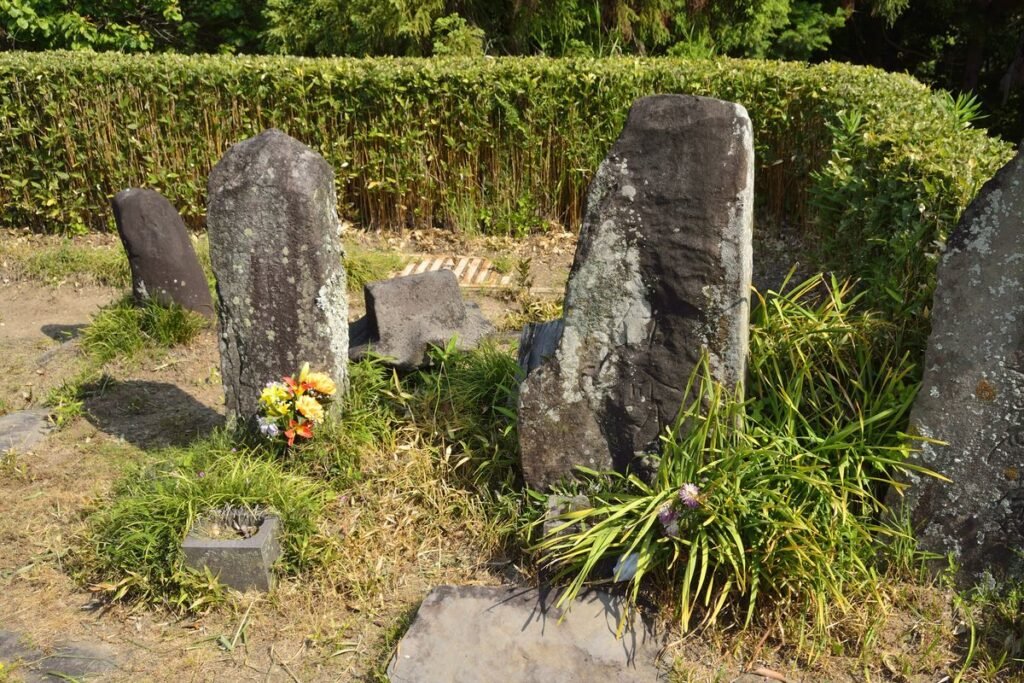
A small stone will mark the grave for a period of time until a full gravestone can be erected. Depending on the size and location of the stone, this can take anything from a few weeks to several months.
Once burial is complete, the next big memorial comes the following August, in the form of the Obon festival. Where possible, family members try to visit grave sites every year during this time. However, the first Obon festival following the person’s passing is of utmost significance and importance. Following from this, commemorations may take place a specific number of years following the death. Again this is a case by case thing. Most commonly, the 3rd, 5th, 7th, and 13th years after death have a special significance.
Also, if someone you know has had a recent bereavement, it is customary for them to neither send nor receive any new year’s postcards that year. It is considered both bad luck and highly insensitive to do so.
A New Name for the Next Life?
Whilst the rites surrounding Japanese funerals are ancient and sacred, they also are not without controversy. In recent years, a major point of contention has been the issue of 戒名 (kaimyou). Kaimyou is a new name that the monk performing the initial funeral rites will bestow upon the deceased. This is said to prevent the spirit from becoming confused, and possibly trapped between this life and the next if their name is spoken by surviving relatives. However, some less scrupulous operators have pressured grieving families into purchasing longer names, with more ancient, esoteric meanings.
In some cases, these kaimyou can cost in excess of 1 million yen. However, reputable temple operators will tell you that there is no need for such elaborate names. The length and meaning of the name doesn’t matter. What’s most important, from a Buddhist standpoint, is that the deceased has one, to successfully guide them into the next world.
Final Thoughts
Whilst the nature of some of the rituals described today may seem bizarre or even disturbing to some of you, it’s important to remember that these final rites mean a great deal to your Japanese friends and family. I hope today’s guide has prepared you for when that sad time comes. However, I also hope it’s a very long time indeed before you need to directly consult this guide again.
Dedication
Today’s article is dedicated with much love and respect to the memory of Masaki Tsukada. I only had the privilege of knowing my father-in-law for a few short years, but he was a man of great warmth, humor, and kindness. He embodied everything I have come to love about Japan and its people. The world is a darker place without his presence, but his spirit lives on through his two wonderful daughters: my amazing wife Kayo and her sister Risa. I am truly honored to call them family.





